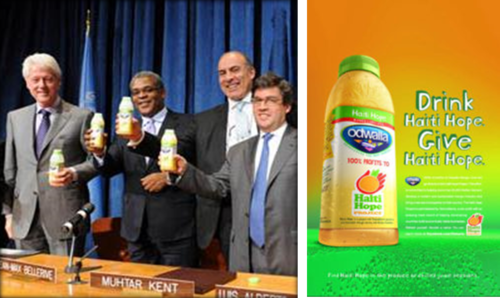In 2010, the Coca Cola company helped initiate a project called Haiti Hope: a USAID, IDB, and Coca Cola joint venture that aimed to increase mango production and export. It was different than all preceding Haiti mango projects in that it was founded on the “Hope” that there would be an immediate and dramatic increase in access to the world market, for Coca Cola was going to include Haiti mangoes in their worldwide distribution of juices. Four land mark events leading up to the project illustrate the extent of the hope and prospects for success,
- Stakeholders and donors who participated in the 2010 National Mango Forum held on April 20th and 21st in Port-au-Prince made strategic plan to “Export 5 million cases of USDA-certified mangoes by 2015.”
- At the same time Coca Cola announced the intention to use Haitian mangoes in its Odwalla mango juice, raising the prospect of massive and potentially unlimited demand and processing facilities inside the country.
- A large component of all the plans, those proposed at the National Mango Forum as well as subsequent plans, emphasized teaming up with “agribusinesses to build processing centers that will valorize mango rejects to make mango puree and concentrate” (USAID/WINNER p. 11).
- For the 4 years 2011 to 2015 at least US $60 million was pledged toward these objectives (IICA/EU 2011), not least of all was $10 million Haiti Hope project that was intended to support the establishment of “at least three processing firms which would commence operations and would secure markets” (MIF 2010).
In the end, none of the preceding occurred. Haiti Hope was left with the challenge of realizing goals that were planned with the belief that these processing facilities would come into being and that exporters would handle twice the quantity of exports. Meanwhile Coca Cola got mileage out of their promises by advertising that it was helping Haiti earthquake survivors. They were still going to donate 10 cents on every bottle of juice sold. Well, sorta: anyone who read the small print on the bottle would have learned that they were capping those donations at US$500,000. Yes, half a million.
(for references and more data see here)








